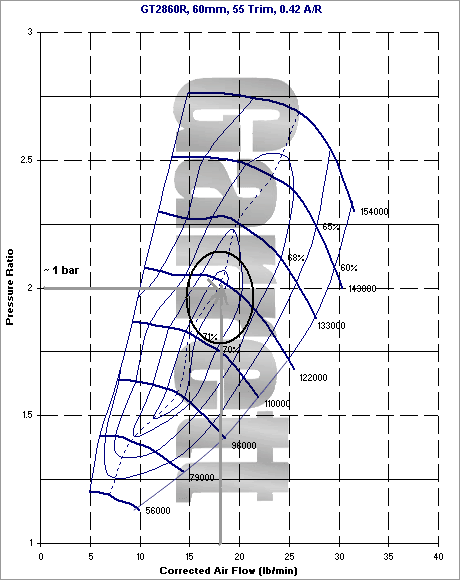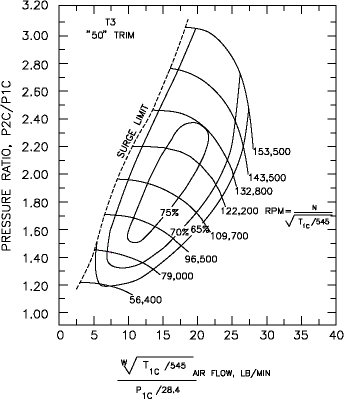MKIII-DRIFTKING said:
Yannis, thanks for the info. No, I have not looked at the compressor maps :nono: :icon_conf . I'm not that good at matching up turbos and such. That's why I stated in the begining that it would take quite a good amount of research and the help of some good people :biglaugh: LOL. I appreciate the help. Can you elaborate some more on those maps?? Also do you know how inefficient the stock CTs are compared to these?
Well a pair of stock CT26s would be out of the question really, too big for the amount of air our 6pots produce. Now I'm far from what you call a "turbo's expert", the little relative knowledge I have, I gathered it in the forums from other helpfull members that actually have a clue and a bit about stuff like that (see IJ, DrJonez and so many others in this forum that have all the answers if you know how to put the questions!).
Soooo...let me elaborate then, and everyone please dig in to correct me in anything you believe or know that I'm mistaken.
Basically what you're looking for making the best match between your engine and turbo choice depends on the air flow that your engine produces. In our case we're talking about the 7mgte and with certain calculations (that people in the know have the capability of doing -- and I'm certainly not one of them...:biglaugh: ) you come up with a number between 35 and 40 lb/min, this corresponds to the air flow that a stock(ish) 7mgte produces. Obviously headwork etc would yield better numbers. Now since we're talking about a twin turbo set up we have to divide this value by two as each turbo will be using the air flow produced by three of the cylinders (parallel configuration) so we come up with a value between 17 to 20 lb/min for each turbo. This is the first basic factor, the second one being the pressure you intend and are capable of running the turbo of choice. You can see the pressure ratio value on the vertical axis of a compressor map, that number somehow corresponds to half it's value for actual turbo pressue (there's some other calculation that gives you that result but basically a "2" on the vertical axis equals to 1 bar roughly).
So if you have the above two values you can start checking compressor maps and see if the turbo's sweet spot (efficiency area) is within these values. These areas are the oval shaped pools you can see on a compressor map. We're aiming for the one in the centre, that's the most efficient area of the turbo.
So in the case of the GT2860R, based on its map below
you can see that for a value of about 17 lb/min that the turbo will receive from the three cylinders it's efficiency area is within the circle I made. It would need about 1 to 1.1 bar to make the best of that area. The higher pressure you run beyond that point the less power and more warm air you produce.
On the T3-50 trim below
you can run a bit more boost (maybe another 3-4psi) and still remain in that efficiency area thus producing some more power.
You do have to take all the above with a grain of salt though as i. maps are one thing but real life engine tuning and performance is another and ii. as I stated earlier I'm no expert and this is my conception on turbos that may well be all wrong.
Either way I hope my gibberish have helped a bit and not confused you even more.











